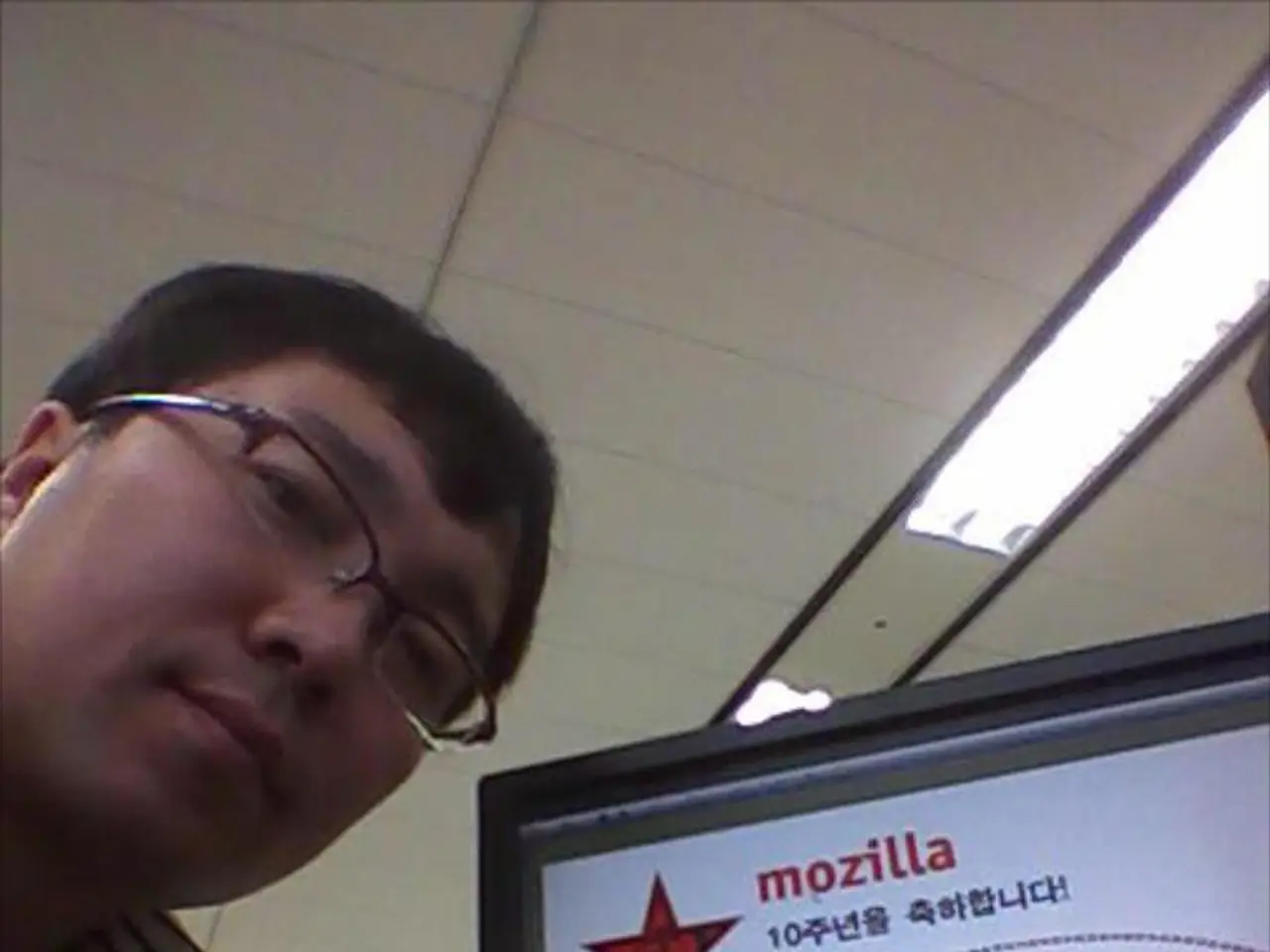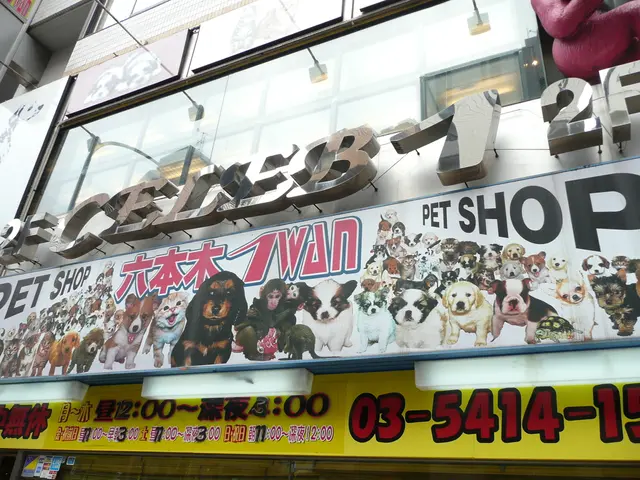Guide for Installing a Graphical User Interface (GUI) on an Ubuntu Server
Setting Up a Free Micro VPS with Ubuntu Server and GUI on Google Cloud Platform
Welcome to our guide on setting up a free micro Virtual Private Server (VPS) on Google Cloud Platform (GCP) using Ubuntu Server and a lightweight Graphical User Interface (GUI) for personal projects, testing, and small-scale development.
Step 1: Google Cloud Account and Free Tier
- Sign up or log in to GCP.
- Google offers an e2-micro instance, which includes 1 vCPU, 1 GB RAM, suitable for small workloads and personal testing.
Step 2: Create the Ubuntu VM Instance
- Navigate to the Google Cloud Console, then Compute Engine and VM Instances.
- Click Create Instance.
- Choose a region close to you, select the machine type as e2-micro, and under Boot disk, select Ubuntu Server (choose the latest LTS version for stability).
- Set up firewall rules to allow SSH access (port 22) and optionally HTTP/HTTPS if you plan to serve web traffic.
Step 3: Connect to your VM over SSH
- From the Google Cloud Console, use the built-in SSH button or connect via your terminal with the gcloud command-line tool or standard SSH.
Step 4: Install a Lightweight GUI on Ubuntu Server
- Update package lists:
- Install a minimal desktop environment such as XFCE or LXDE: For XFCE: or for LXDE:
- Install a VNC server for remote GUI access:
- Set up the VNC server with a password:
- Configure VNC to start XFCE or LXDE by editing file to start your desktop environment.
Step 5: Connect to your GUI remotely
- From your local machine, use a VNC client to connect to your server IP with the configured VNC port (usually 5901).
- You can also SSH tunnel the VNC connection for secure access.
Step 6: Additional Convenience
- Optionally, install xrdp to enable Remote Desktop Protocol (RDP) access which may be easier on some clients:
- Connect via any RDP client directly to your instance's external IP.
This setup provides a free micro VPS with Ubuntu and a lightweight GUI suitable for personal use and small-scale testing, leveraging Google Cloud's free tier. Keep in mind the limited resources; heavier GUI environments or multiple simultaneous users may impact performance.
Summary table:
| Step | Details | |-------------------------------|----------------------------------------------------------| | Cloud Platform | Google Cloud Platform (GCP) | | Free VPS instance type | e2-micro (2 vCPUs, 1 GB RAM, free tier) | | Operating System | Ubuntu Server (latest LTS recommended) | | GUI Desktop Environment | XFCE or LXDE (lightweight desktop) | | Remote GUI Access | VNC Server (tightvncserver) or xrdp | | Access method | SSH for terminal, VNC or RDP for GUI |
This approach balances lightweight resource use with GUI convenience for development and testing purposes.
For more information on setting up a GUI on Ubuntu Server, consider exploring tasksel, LightDM, and other well-maintained GUIs like Xfce, Xubuntu, Lubuntu, Cinnamon, Budgie, Mate, KDE, Kubuntu, and others. If you require a server with more resources or specific configurations, consider providers like DomainRacer or DedicatedCore.
Happy coding!
- Smart-home devices can be integrated with your new Ubuntu VPS and GUI for an enhanced home-and-garden lifestyle, as you now have a remote GUI access with VNC and RDP.
- With data-and-cloud-computing technology and the lightweight GUI on your home-and-garden Ubuntu VPS, you can manage gadgets in your smart home more effectively and conveniently.
- As you delve into the world of technology with your free micro VPS and GUI, consider automating your home with smart-home devices, enhancing your lifestyle with smart-home gadgets and the convenience of a lightweight GUI.




